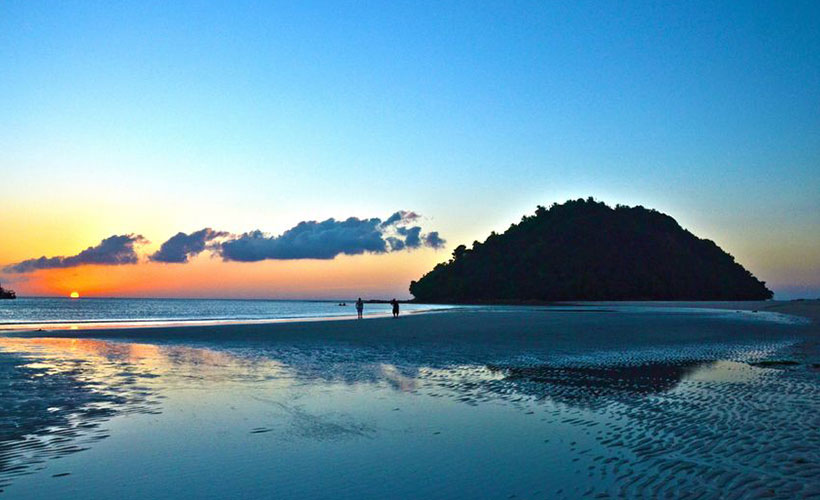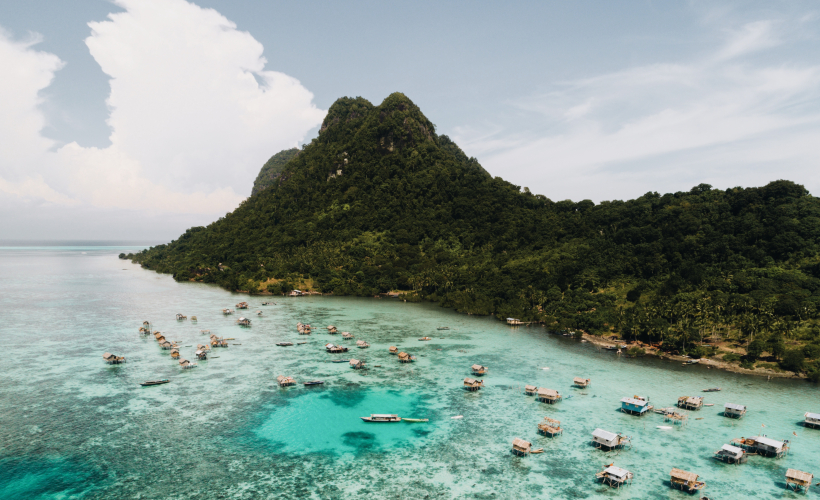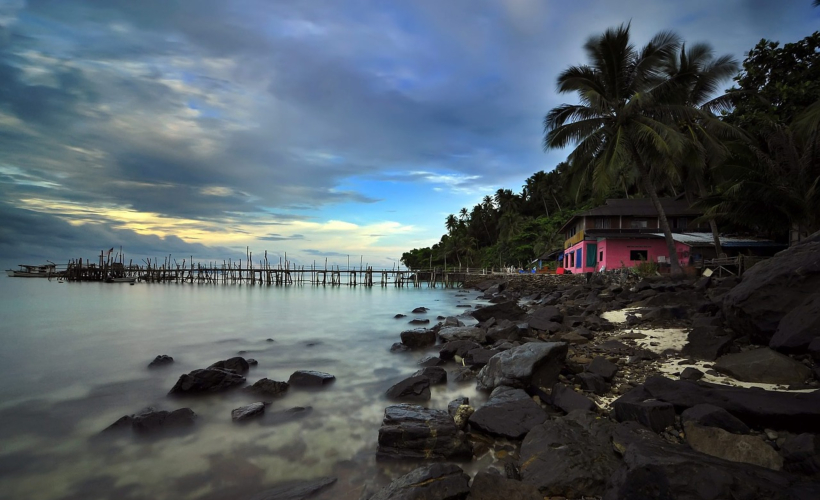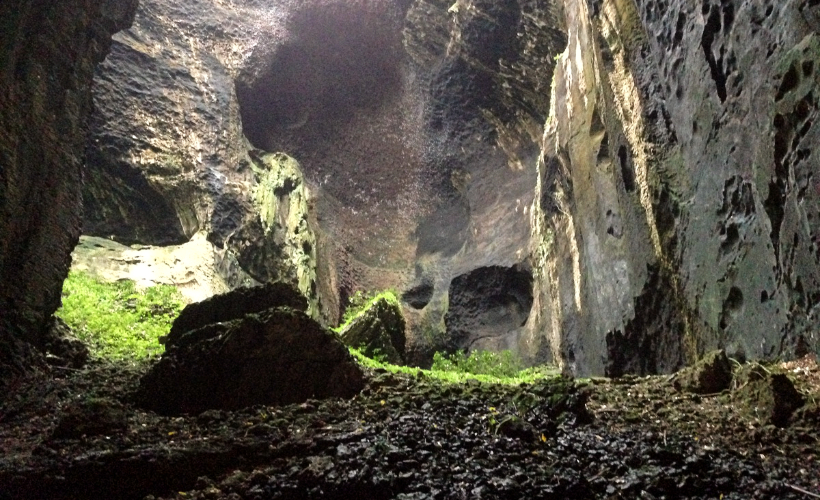
Kota Kinabalu – a rich and diverse city surrounded by tropical rainforests, featuring Malaysia’s highest peak with Mount Kinabalu, and an interesting array of caves. The state capital of Sabah, in 2017, I embarked on a trip here and heard rumours about the coveted edible bird’s nest in one of the caves. Determined to see these edible bird’s nests first hand, I set off to find them.
What are edible bird’s nests
Known as the Caviar of the East, these nests are constructed from a mixture of swiftlet bird feathers and bird saliva, which is said to have youth-restoring properties and high nutritional value. The nests are dissolved in water and made into a gelatinous soup. The nest of the swiftlet bird comes with a hefty price tag and can reach as high as USD10,000 per kilogramme.
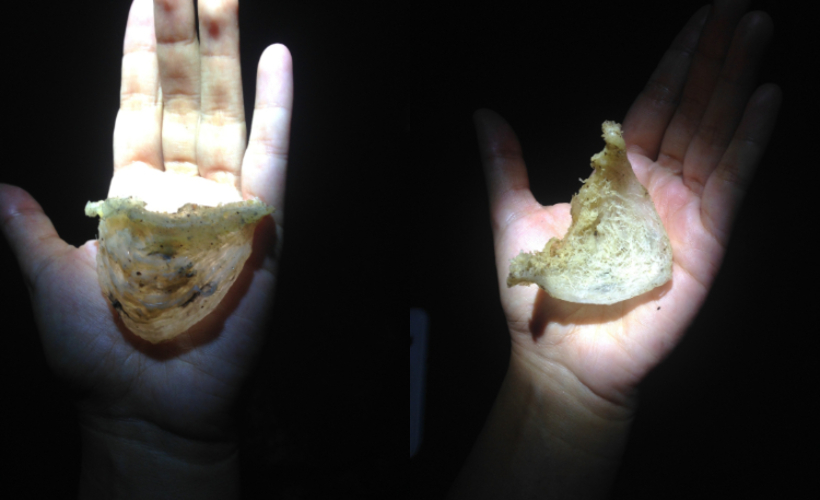
Where can you find them?
The Gomantong Caves. The caves are roughly 340 kilometres from Kota Kinabalu’s city centre and can be easily reached, depending on the cave you enter. There are two parts to the cave – Simud Hitam and Simud Putih.
Simud Hitam is the most accessible, as its entrance is located at the end of a well-maintained wooden walkway in the Gomantong Forest Reserve. Simud Putih, on the other hand, needs to be accessed via rope walk as there’s a steep climb down into the cave. I visited both caves but only had the opportunity to explore the latter, as a few locals guarding the cave kindly offered to guide me through it free of charge. I attempted my best puppy dog eyes and they relented by guiding me into the cave.
The swiftlets lay their eggs high up in the ceiling of the cave, so you need special equipment to observe the nests. Please don’t try and climb up or attempt to access the nests yourself – you will get injured.
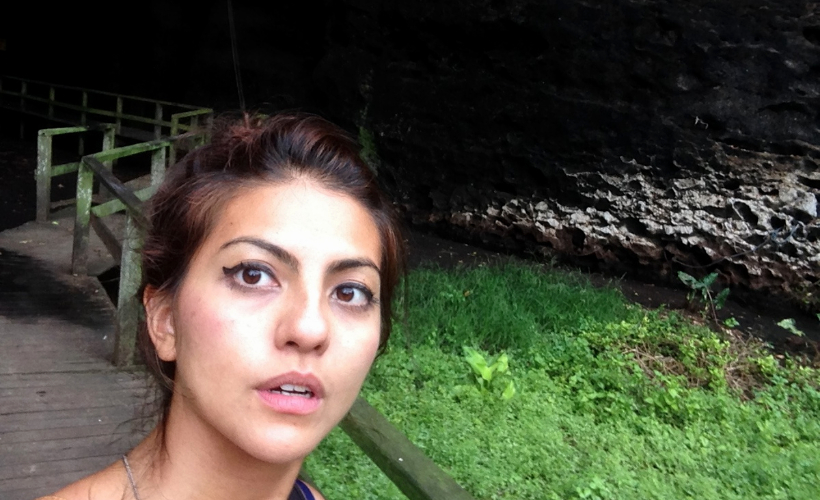
If you’ve got an appetite for adventure, read what this fellow woman traveller has to say about her jungle escapades:
Travel Talk: Navigating The Forests Of Sabah With Amalina Davis
What you’ll find
There are two types of birds nest you will find – black and white. The black nest (Aerodramus maximus) is more common but contains impurities such as plant materials and feathers. The white nests (Aerodramus fuciphagus) are mainly made up of swiftlet saliva and are more abundant in the Simud Putih cave. It’s also more expensive.
Things to watch out for
Cockroaches and bat poop
Simud Hitam is filled with cockroaches and bat faeces. As you enter the cave, there’s a pungent smell and it’s nearly pitch black. Can you imagine being surrounded by millions of cockroaches in the dark? It’s not for the faint-hearted!
You also need to wear the appropriate footwear as bat poop is slimy. It covers the walkway of the cave, so wearing flip flops just won’t cut it. Unless you want to slip and land headfirst in bat poop and be covered in excrement and cockroaches.
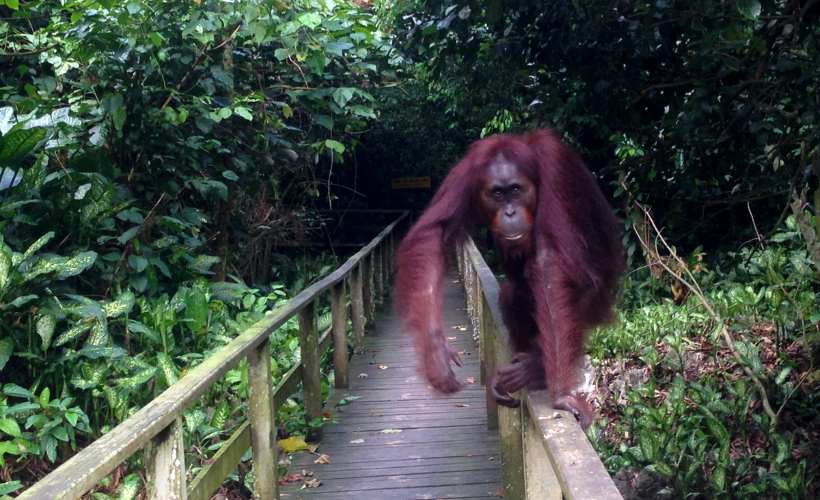
Orangutans
If you’re lucky, you may bump into an orangutan or two! When I exited Simud Hitam, I bumped into a large orangutan playing on the wooden walkway. I quickly retreated and observed her from afar, as orangutans have been known to become violent if they feel threatened. You can take pictures and admire them, but always from afar.
Wild dogs
You’ll be greeted by wild dogs as you enter the caves. Don’t be scared. They’re generally harmless, but if you attack them, they may defend their pack by attacking back. Just ignore them and don’t pet them as some of them have ticks and fleas. You can share your food with them if you have any to spare. They’re friendly and may follow you into the cave.
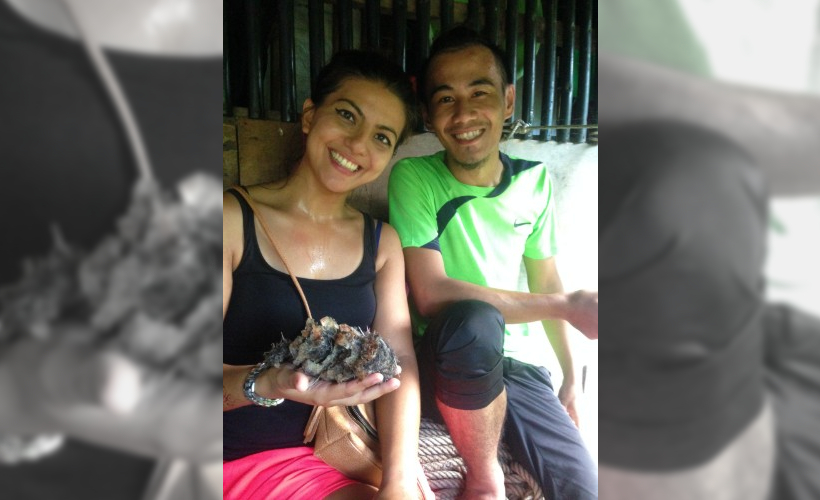
Don’t steal any bird’s nest
The caves are guarded by locals who harvest and sell the nests. They won’t take kindly to you stealing their harvest. Be respectful, and there’s no harm in asking nicely if they have any nests to spare. At the end of my hunt for bird’s nests, even though I didn’t ask, one of the locals gifted me with one. It was a privilege and a small glimpse into the hospitality of the wonderful people of Sabah.
AirAsia flies from Kuala Lumpur to Kota Kinabalu 99 times a week. Visit www.airasia.com to plan your trip!

